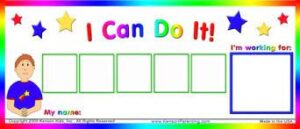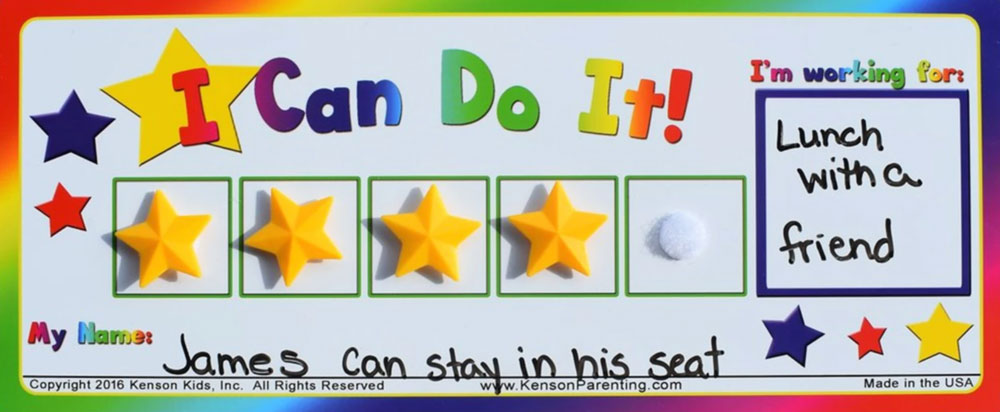
What is a Token Economy System?

Date Published: August 4, 2022
Author: Michelle Liu, BCBA
ABA teaches us that when a particular behavior is reinforced or rewarded, it is more likely to be repeated. One way to reinforce appropriate behavior is to create a token economy system.
A token economy is a system in which the learner earns tokens by engaging in a targeted behavior. Token economies have three major components: 1) a behavior or behaviors that we wish to reinforce, 2) tokens earned for engaging in those behaviors, and 3) exchanging tokens for a choice of reinforcing rewards. This system provides positive reinforcement to increase desired behaviors. A token economy system is ideal to use for school-aged children in the classroom or at home. It is flexible enough to modify based on the individual and their setting and can be used in a variety of different ways. The goal is always to increase desired behaviors.
To create an effective token system, it is important to first establish what the learner is working for, using the tokens as a currency to exchange for the reinforcer. To determine preference for motivating reinforcers, therapists can perform preference assessments with the learner, which help determine what types of stimuli a person prefers ( i.e. what the learner finds most reinforcing). We can also work from a list of preferred items and ask the child what they want to work for. Once we’ve determined the appropriate reinforcers, we provide the learner with a token economy chart that places the reinforcer icon in the designated space along with the predetermined number of tokens or stickers the learner must receive in order to earn that reinforcer. An example might be a chore chart: a child earns star stickers (tokens) for completing a chore. When the required number of stars are earned, they are exchanged for the preferred reward.
For a token economy intervention to be effective and successful, it is essential to pre-determine a consistent reinforcement schedule. It is also important to use continuous reinforcement when introducing a new intervention. Initially, a token and verbal praise to the learner can be delivered for each correct performance. For example, in class, a child receives a token and praise (“Great answer,” Good job”) each time she responds to a question correctly. Once a certain number of tokens are received, the child gets to exchange them for a preferred, reinforcing item or experience.
Our goal with this intervention is to ultimately fade out the need for tokens, so the learner works for verbal praise, social reinforcement, and the intrinsic reward that comes from completing a task.
If you want to learn more about a token economy system, please don’t hesitate to ask your BCBA!
About the Author:
Michelle Liu is a BCBA on the Faces Behavioral Services team. Faces Behavioral Services is a department of the Pacific Autism Center for Education that supports children with autism in reaching their full potential utilizing Applied Behavior Analysis (ABA).
Disclaimer: “Keeping Up the PACE” is a blog operated by Pacific Autism Center for Education with information provided by professional therapists. This content is not intended for the purpose of diagnosis of any condition. If you have a question for our team, please email us at email hidden; JavaScript is required.



